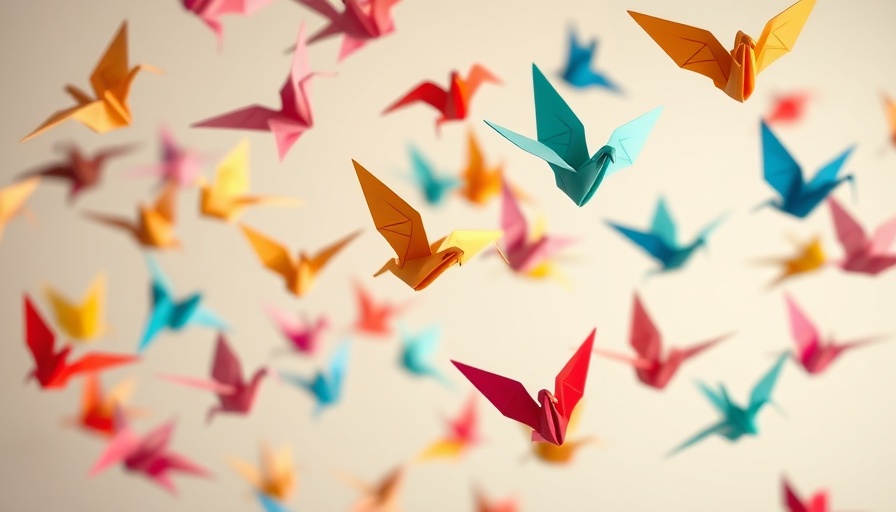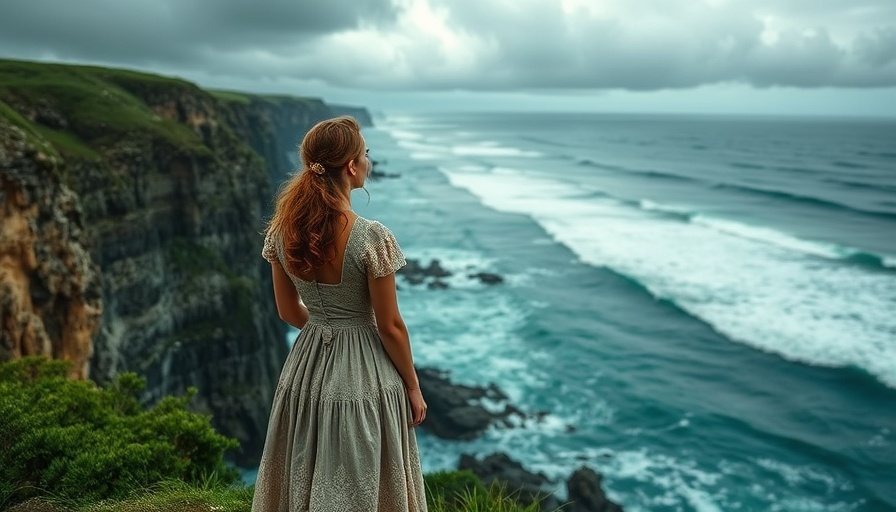
Unlocking the Full Potential of ChatGPT for Image Generation
Artificial Intelligence is revolutionizing creative workflows, especially in generating images. In the insightful video 12 ChatGPT Image Tricks That Will Help You Become a Pro, the host dives into the world of ChatGPT’s image capabilities. With the right knowledge, anyone can create stunning visuals that rival the work of expensive design teams.
In 12 ChatGPT Image Tricks That Will Help You Become a Pro, the discussion dives into the art of mastering image generation using AI, sparking a deeper analysis of these techniques.
Crafting Perfect Prompts: The Fundamentals
The key to effective image generation lies in crafting precise prompts. The video outlines eight elements to include for consistently desirable results. These include:
- Subject: Clearly describe what you want the image to depict.
- Composition: Define the camera angle and arrangement.
- Style: Specify the desired art style, such as realistic or cartoonish.
- Lighting: Mention specific lighting conditions like 'soft morning light'.
- Color: Include brand colors or hex codes.
- Mood: Indicate the emotional tone—energetic or mysterious.
- Details: Note any important accessories or attributes.
- Context: Describe the environment or situation to set the scene.
Integrating these elements makes it easier to maintain a cohesive visual identity across various platforms.
Streamlining Your Workflow with Memory Features
Another breakthrough highlighted is the use of ChatGPT’s memory functionalities. By storing common elements like brand colors or logo imagery, users can quickly reference these in future prompts, eliminating redundant tasks and enhancing efficiency. This feature can significantly cut down the time spent on creating multiple visual assets.
Reverse Engineering: Image Inspiration to Prompt Generation
One exciting technique discussed is reverse engineering an image. Users can upload a photo they admire and ask ChatGPT to describe the prompt that could yield such an image. This approach not only inspires creativity but also allows individuals to learn and adapt successful visual styles into their own projects.
Creating a Brand Board for Consistent Imagery
Having a brand board is crucial for ensuring that all visual content aligns with your brand identity. The video outlines a method for generating a brand board using prompts that encapsulate all eight elements discussed earlier. This board can serve as a foundational reference whenever new images are created.
Editing and Iterative Improvements: The Art Director Approach
The iterative feedback loop allows users to take control of their image editing process. By continuously providing constructive feedback, users can refine their images until they achieve the desired outcome. This demonstrates that, while AI can assist in the creative process, the human touch is still vital in maintaining quality and aesthetic standards.
Multi-Scene Storytelling: Crafting Visual Narratives
One of the more innovative suggestions is the concept of multi-scene storytelling. ChatGPT can generate a series of images that tell a story, helping brands visually communicate a narrative or a journey. This approach is particularly useful for marketing campaigns where engaging storytelling can captivate audiences.
Practical Tips for Businesses You'll Want to Use
As businesses increasingly turn to AI for creative solutions, understanding these techniques grants them a competitive edge. Whether creating ad creatives or designing unique visuals for social media, the integration of these AI tools promises to streamline workflows and cut costs significantly, delivering higher returns on investment.
For those keen to delve deeper into leveraging AI, the video serves as a fundamental starting point. The insights shared within can transform how we engage with design and branding in an AI-driven world.
Stay ahead of the curve by embracing these innovative techniques and consider how they can be integrated into your strategies to foster growth and efficiency.
 Add Row
Add Row  Add
Add 




 Add Row
Add Row  Add
Add 

Write A Comment